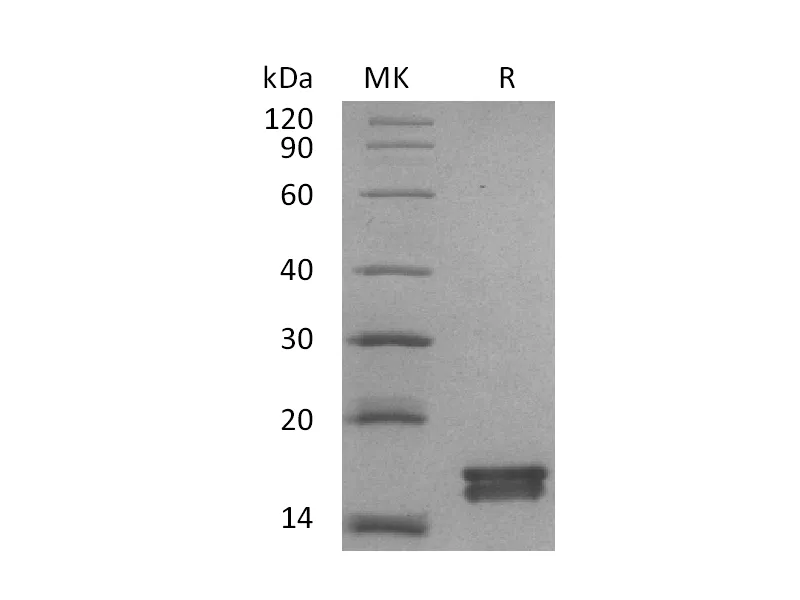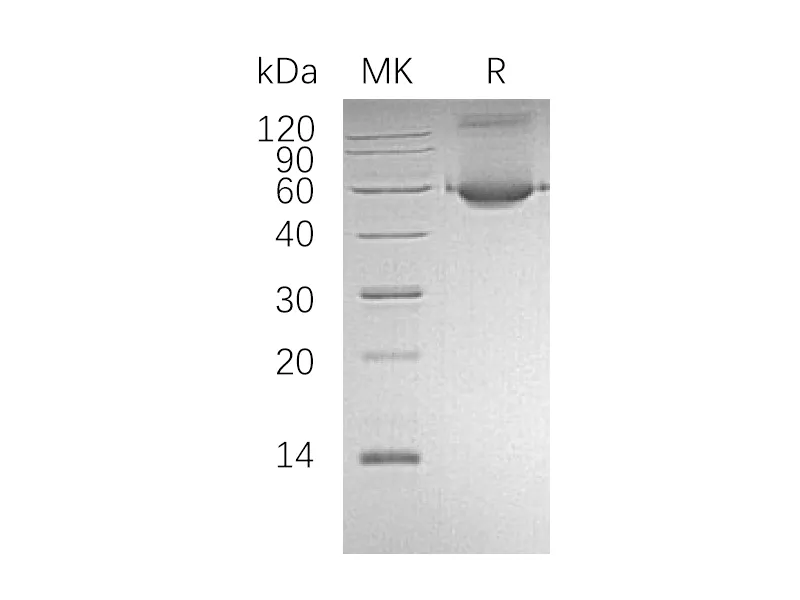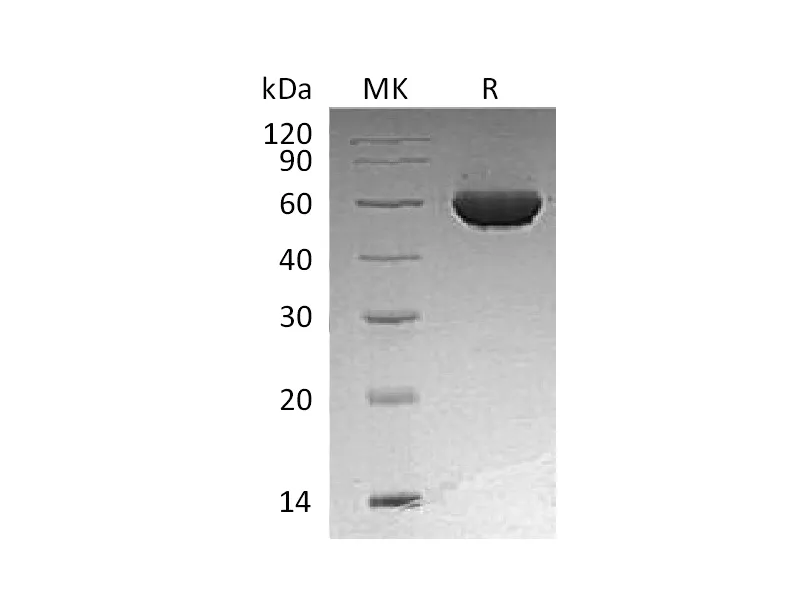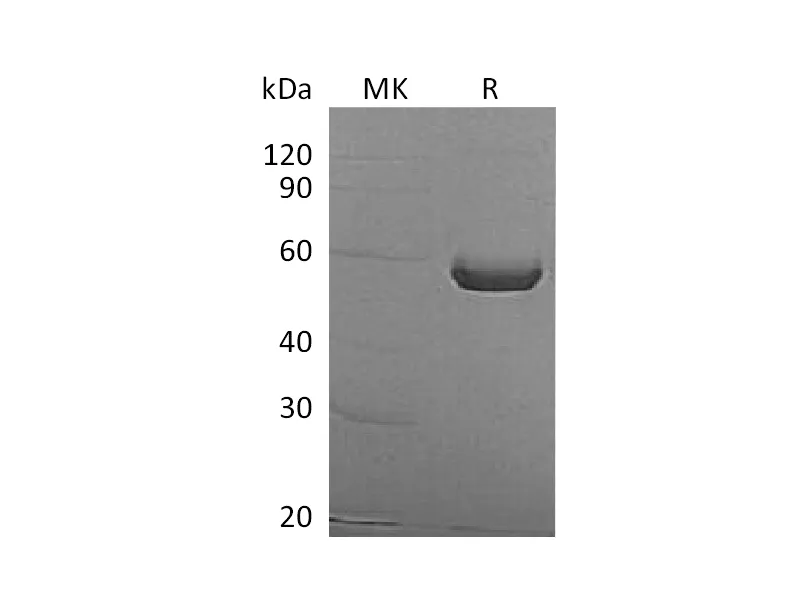Alternative Names
SLAM Family Member 7; CD2 Subset 1; CD2-Like Receptor-Activating Cytotoxic Cells; CRACC; Membrane Protein FOAP-12; Novel Ly9; Protein 19A; CD319; SLAMF7; CS1
Background
SLAMF7 is a single-pass type I membrane protein and contains 1 Ig-like C2-type (immunoglobulin-like) domain. SLAMF7 is expressed in NK cells, activated B-cells, NK-cell line but not in promyelocytic, B-cell lines, or T-cell lines. Although the cytoplasmic domain of CS1 contains immunoreceptor tyrosine-based switch motifs (ITSM), which enables to recruite signaling lymphocyte activation molecule (SLAM)-associated protein (SAP/SH2D1A), it activates NK cells in the absence of a functional SAP. SLAMF7 positively regulated natural killer cell functions by a mechanism dependent on the adaptor EAT-2 but not the related adaptor SAP. However, in the absence of EAT-2, CRACC potently inhibited natural killer cell function. It was also inhibitory in T cells, which are typically devoid of EAT-2. Thus, SLAMF7 can exert activating or inhibitory influences on cells of the immune system depending on cellular context and the availability of effector proteins.
Note
For Research Use Only , Not for Diagnostic Use.




